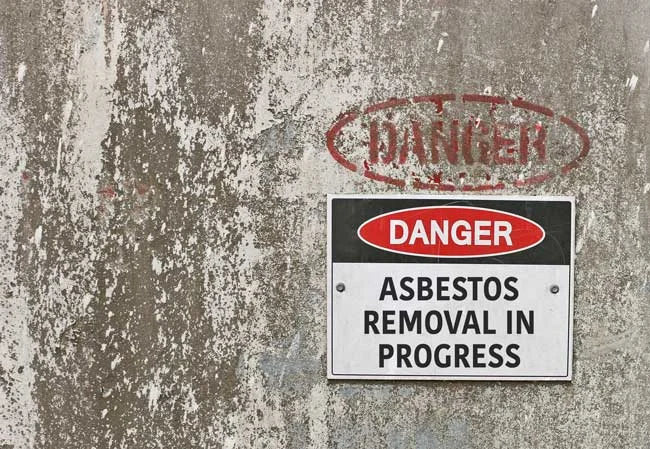
Asbestos danger in older infrastructure still poses a serious risk to workers health – Asbestos Awareness Month
Published on November 22, 2017 by David Jones
Warning comes as the Asbestos Safety and Eradication Agency reports that rates of asbestos exposure in the workplace are on the rise
During November Australian workers are being warned about the dangers posed by ageing workplace infrastructure as the nation marks Asbestos Awareness Month.
A case in the NSW Hunter District, which cost the life of a health care professional, highlights the very real risks posed to workers and members of the public when asbestos begins to break down in a workplace setting.
The case, managed by Carroll & O’Dea Lawyers, involved a general practitioner who contracted mesothelioma after being exposed to deteriorating asbestos lagging around hot water and steam pipes located in a public hospital.
Due to the age of the hospital, dust and other particulates from the deteriorated lagging accumulated on top of the ceiling tiles, slid out and into the hallway when the tile was tipped up during frequent maintenance.
After the general practitioner contracted mesothelioma, the source of the asbestos was traced to the NSW public hospital where the doctor had regularly conducted ward rounds as part of her work during the 1970s and 1980s.
Despite the nation-wide ban on the production, importation or use of asbestos or asbestos products that was introduced in 2003, Australia continues to deal with the legacy of being one of the highest users, per capita, of asbestos-containing materials in the world between the mid-1940s and to late-1980s.
“As the case demonstrates mesothelioma has a long latency period after exposure. Meaning that workers exposed to asbestos a generation ago might still contract the disease, which is fatal and for which there is no cure,” said Executive Partner – Hunter region, David Jones.
“All New South Wales workers have the right to a safe workplace and this case serves as a timely reminder of the risks associated with asbestos exposure endured by innocent bystanders,” said Mr. Jones.
The warning comes at the midpoint of this year’s national Asbestos Awareness Month campaign, raising awareness about the dangers of asbestos and encouraging widespread discussion about how people in our community can better manage asbestos risks.
The Asbestos Safety and Eradication Agency’s 2016-17 annual report was recently tabled in Federal Parliament. In the report the National Asbestos Exposure Registry (NAER) advised an increase in the rates of occupational asbestos exposure of 70 per cent compared to 64 per cent in the previous year.
The NAER also reported that 80 per cent of registrants diagnosed with an asbestos related disease were as a result of exposure during workplace activity.
“Asbestos in situ can still be found in many older public buildings and homes and as the fabric of these infrastructures containing asbestos products deteriorates, the dangers of exposure to asbestos fibres is on the increase,” said Mr. Jones.
“Many are part of the ageing public infrastructure, which is the day-to-day workplace for countless New South Wales workers.
“Workplaces are required by law to identify whether asbestos is present and, if so, its location and condition. If you think you may have been exposed to asbestos either at work or elsewhere you can register your details on the National Asbestos Exposure Register,” said Mr. Jones.
Follow Carroll & O’Dea on Facebook and Twitter @carrollodea
